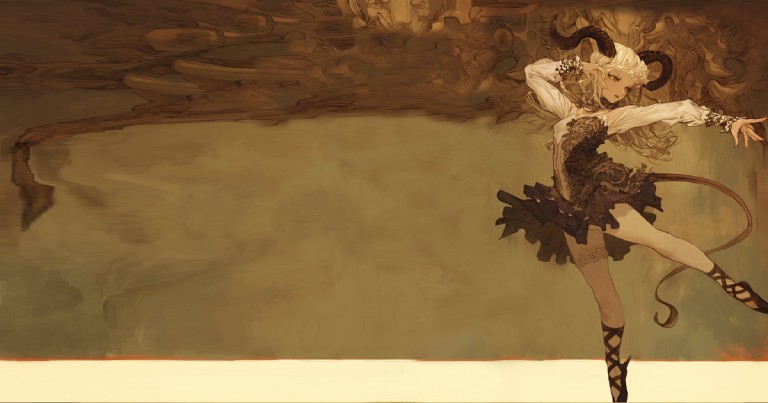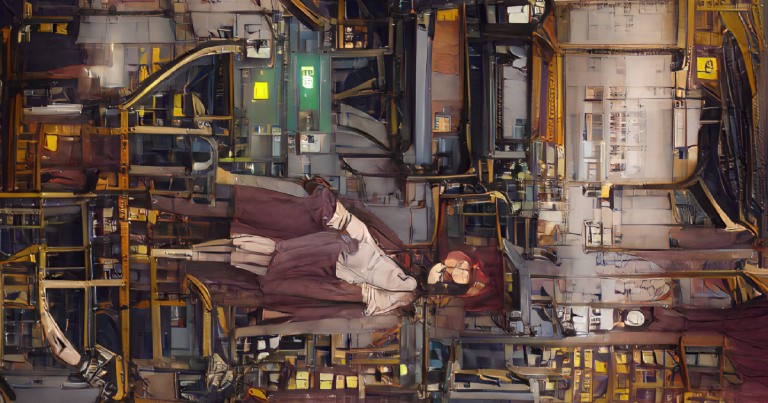Table of contents
How to upload multiple images in Django
How to upload multiple images in Django
You probably already know how to upload an image using a Django model, but what if we don’t want to upload one but multiple images?
Django installation
First we install Django using pipenv. We will also install Pillow since we will be dealing with images.
pip install django Pillow
Next we will create a new project and enter the newly created folder.
If you don’t know GNU/Linux commands I have a series of entries with the most used GNU Linux commands
django-admin startproject yourproject
cd yourproject/
Next, let’s create an application, and name it gallery.
django-admin startapp gallery
Remember to install the new application we created in the settings.py file.
# settings.py
INSTALLED_APPS = [
# ...,
'gallery'
]
Creation of a model
Inside our application named gallery, we are going to create a model with an Image field.
from django.db import models
class gallery(models.Model):
image = models.ImageField()
Let’s run the migrations so that the changes in our application are reflected in the database.
python manage.py migrate
Adding templates
Next, let’s create a folder called templates to host our template with the form.
mkdir templates
cd templates
touch index.html
Let’s add the templates location to the TEMPLATES configuration of our configuration file; settings.py.
# settings.py
TEMPLATES = [
{
'BACKEND': 'django.template.backends.django.DjangoTemplates',
'DIRS': ['templates'],
'APP_DIRS': True,
'OPTIONS': {
'context_processors': [
'django.template.context_processors.debug',
'django.template.context_processors.request',
'django.contrib.auth.context_processors.auth',
'django.contrib.messages.context_processors.messages',
],
},
},
]
A form to upload multiple images in Django
To make our input accept multiple images we add the multiple attribute to our input field.
Remember to add the POST method and the {% csrf_token %} tag so that your form is protected.
<!DOCTYPE html>
<html lang="en">
<head>
<meta charset="UTF-8">
<meta name="viewport" content="width=device-width, initial-scale=1.0">
<title>Document</title>
</head>
<body>
<form method="POST" enctype="multipart/form-data">
{% csrf_token %}
<input type="file" name="images" multiple>
<button type="submit">Send</button>
</form>
</body>
</html>
Creating a view uploading multiple images in Django
Now in our gallery application, let’s modify the views file to create the view that will handle our image upload.
from django.http import JsonResponse
from django.shortcuts import render
from .models import gallery
def handleMultipleImagesUpload(request):
if request.method == "POST":
images = request.FILES.getlist('images')
for image in images:
gallery.objects.create(image = image)
uploaded_images = gallery.objects.all()
return JsonResponse({"images": [{"url": image.image.url} for image in uploaded_images]})
return render(request, "index.html")
If we make a POST request to this view we will get the list of images we uploaded, then we will create a new object for each image we uploaded and return the list of images with their respective url as a JSON response. Otherwise we will render the form and return it.
With the view already created, just add the url to our urls.py file in our project folder.
Adding the url
To facilitate the process we will import the view directly and assign it to the upload/ url
# urls.py
from django.contrib import admin
from django.urls import path
from gallery.views import handleMultipleImagesUpload
urlpatterns = [
path('upload/', handleMultipleImagesUpload, name="home"),
path('admin/', admin.site.urls),
]
If we now access the upload/ address we will see our upload button and we will be able to upload multiple images.
If the upload was successful we will get as a response a JSON with the addresses of the images we just uploaded.
Here we use Django to render the form. However, as you may know, instead of rendering a form, you can constrain the function to act as an API. And then consume it by making a POST request with javascript.
Finally, if you want to go deeper into the functionality of Django’s ImageField fields, check out the official documentation







